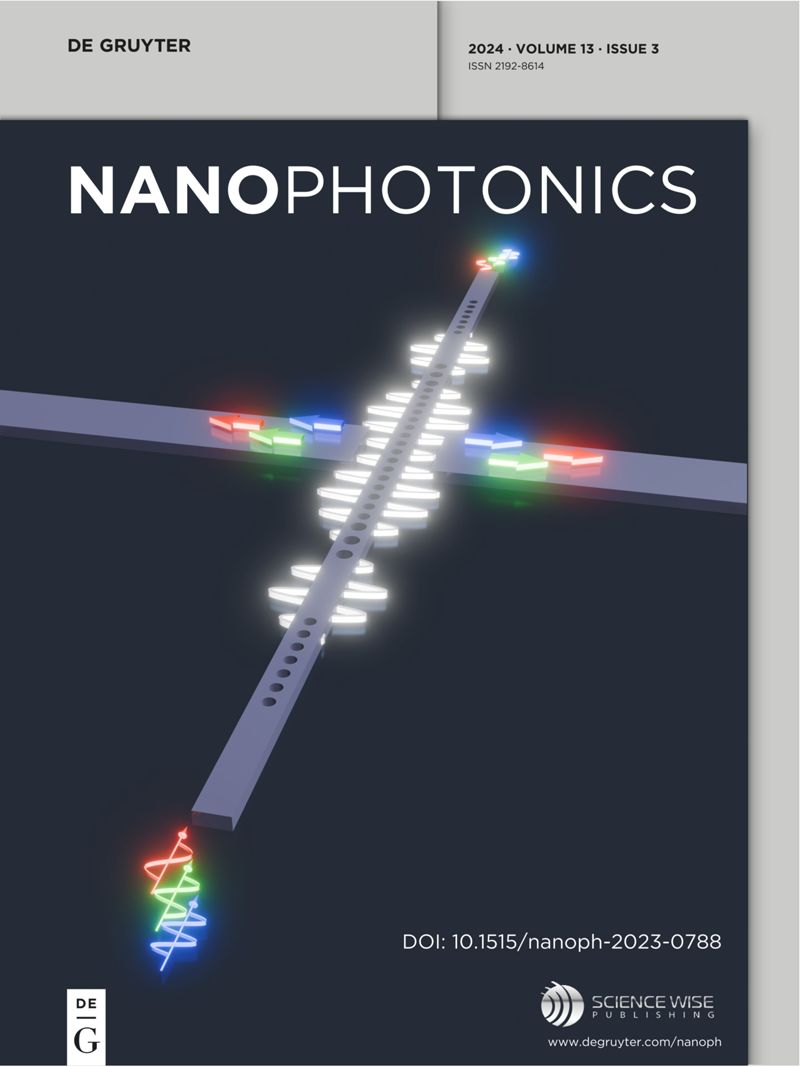低维固态单光子发射器
IF 6.5
2区 物理与天体物理
Q1 MATERIALS SCIENCE, MULTIDISCIPLINARY
引用次数: 0
摘要
固态单光子发射器(spe)作为量子计算、通信和传感领域的基础器件,正引起人们的广泛关注。基于低维材料的spe (ld - spe)由于其高光子提取效率、易于与光子电路集成以及与外场的强耦合而引起了人们的特别关注。LD材料的可接近表面允许对量子光发射的确定性控制,而增强的量子约束和光物质相互作用改善了光子发射特性。本观点探讨了四种关键材料在LD-SPEs方面的最新进展:零维(0D)半导体量子点,一维(1D)纳米管,二维(2D)材料,包括六方氮化硼(hBN)和过渡金属二硫族化合物(TMDCs)。我们探索了它们的结构和光物理性质,以及光谱调谐和腔耦合等技术,这些技术可以提高SPE的性能。最后,我们讨论了未来的挑战,并提出了优化实际量子应用的ld - spe的策略。本文章由计算机程序翻译,如有差异,请以英文原文为准。
Low-dimensional solid-state single-photon emitters
Solid-state single-photon emitters (SPEs) are attracting significant attention as fundamental components in quantum computing, communication, and sensing. Low-dimensional materials-based SPEs (LD-SPEs) have drawn particular interest due to their high photon extraction efficiency, ease of integration with photonic circuits, and strong coupling with external fields. The accessible surfaces of LD materials allow for deterministic control over quantum light emission, while enhanced quantum confinement and light–matter interactions improve photon emissive properties. This perspective examines recent progress in LD-SPEs across four key materials: zero-dimensional (0D) semiconductor quantum dots, one-dimensional (1D) nanotubes, two-dimensional (2D) materials, including hexagonal boron nitride (hBN) and transition metal dichalcogenides (TMDCs). We explore their structural and photophysical properties, along with techniques such as spectral tuning and cavity coupling, which enhance SPE performance. Finally, we address future challenges and suggest strategies for optimizing LD-SPEs for practical quantum applications.
求助全文
通过发布文献求助,成功后即可免费获取论文全文。
去求助
来源期刊

Nanophotonics
NANOSCIENCE & NANOTECHNOLOGY-MATERIALS SCIENCE, MULTIDISCIPLINARY
CiteScore
13.50
自引率
6.70%
发文量
358
审稿时长
7 weeks
期刊介绍:
Nanophotonics, published in collaboration with Sciencewise, is a prestigious journal that showcases recent international research results, notable advancements in the field, and innovative applications. It is regarded as one of the leading publications in the realm of nanophotonics and encompasses a range of article types including research articles, selectively invited reviews, letters, and perspectives.
The journal specifically delves into the study of photon interaction with nano-structures, such as carbon nano-tubes, nano metal particles, nano crystals, semiconductor nano dots, photonic crystals, tissue, and DNA. It offers comprehensive coverage of the most up-to-date discoveries, making it an essential resource for physicists, engineers, and material scientists.
 求助内容:
求助内容: 应助结果提醒方式:
应助结果提醒方式:


